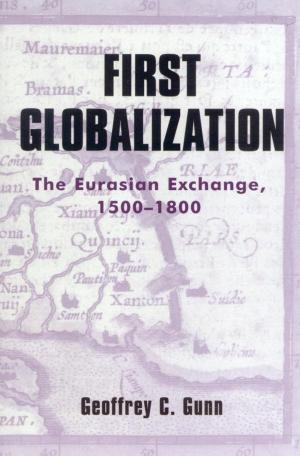| Author: | Marc Comtois | ISBN: | 9781458123008 |
| Publisher: | Marc Comtois | Publication: | June 20, 2011 |
| Imprint: | Smashwords Edition | Language: | English |
| Author: | Marc Comtois |
| ISBN: | 9781458123008 |
| Publisher: | Marc Comtois |
| Publication: | June 20, 2011 |
| Imprint: | Smashwords Edition |
| Language: | English |
The Burgundian Kingdom of the sixth century occupied dangerous territory. Caught between powerful neighbors, it was doomed to attack and the Burgundians vanished into the mists of time, consigned to the annals as just another victim of history.
The Burgundian society of the fifth and sixth centuries successfully integrated both Roman culture and societal institutions. The result was an amalgamated Romano-Burgundian kingdom that had laws for all and tolerated two forms of Christianity. In this, the Burgundians, particularly the kingdom of Gundobad, provided a brief foreshadowing of the culture that would eventually emerge from the intermixing of Gallo-Romans, Christians and Germans.
The Burgundians have often been cast as bit players in the history of the Merovingian Franks. This book attempts to put them at center stage within the context of recent scholarship regarding interpretations of Germanic society, the Fall of Rome and other contentious subjects.
The Burgundian Kingdom of the sixth century occupied dangerous territory. Caught between powerful neighbors, it was doomed to attack and the Burgundians vanished into the mists of time, consigned to the annals as just another victim of history.
The Burgundian society of the fifth and sixth centuries successfully integrated both Roman culture and societal institutions. The result was an amalgamated Romano-Burgundian kingdom that had laws for all and tolerated two forms of Christianity. In this, the Burgundians, particularly the kingdom of Gundobad, provided a brief foreshadowing of the culture that would eventually emerge from the intermixing of Gallo-Romans, Christians and Germans.
The Burgundians have often been cast as bit players in the history of the Merovingian Franks. This book attempts to put them at center stage within the context of recent scholarship regarding interpretations of Germanic society, the Fall of Rome and other contentious subjects.















